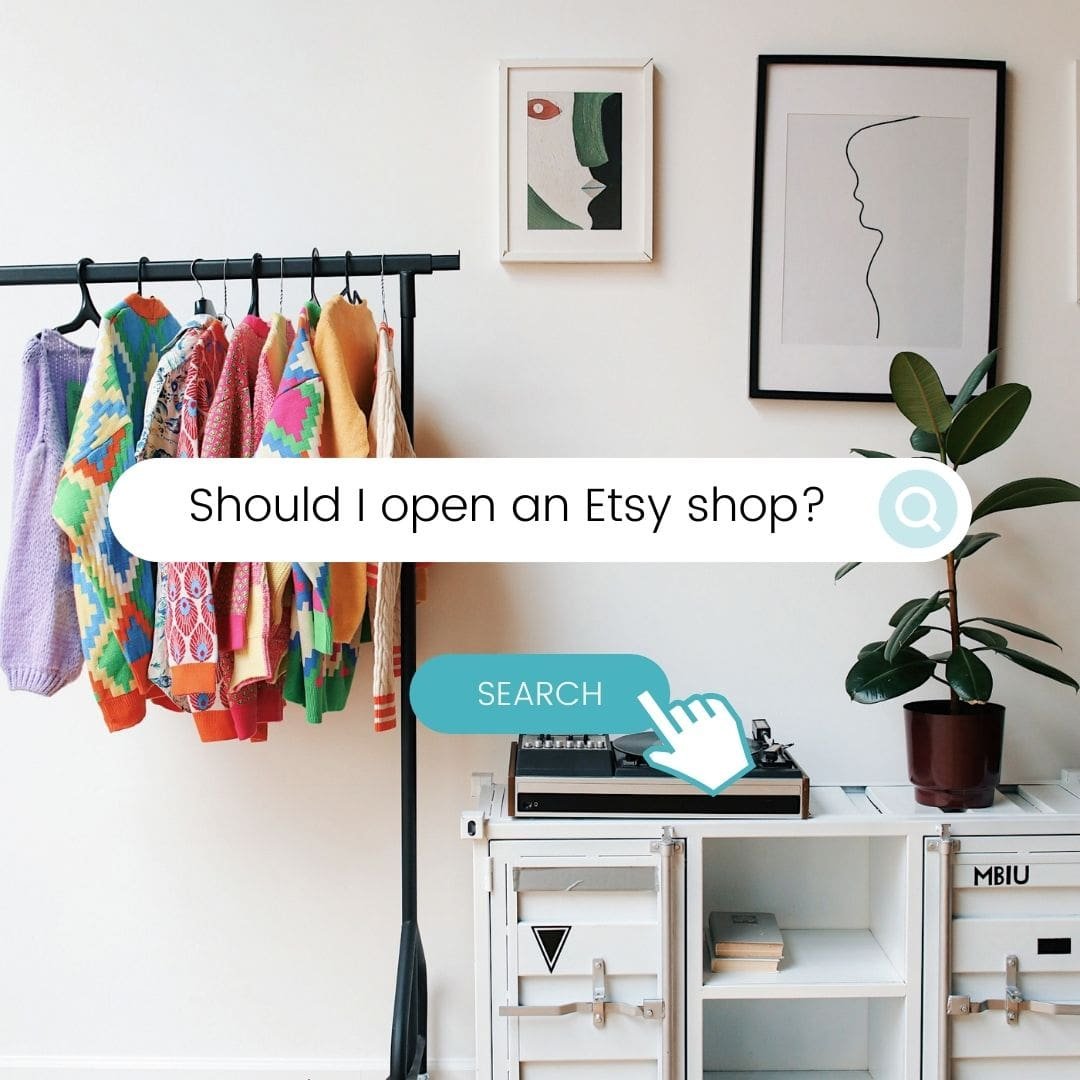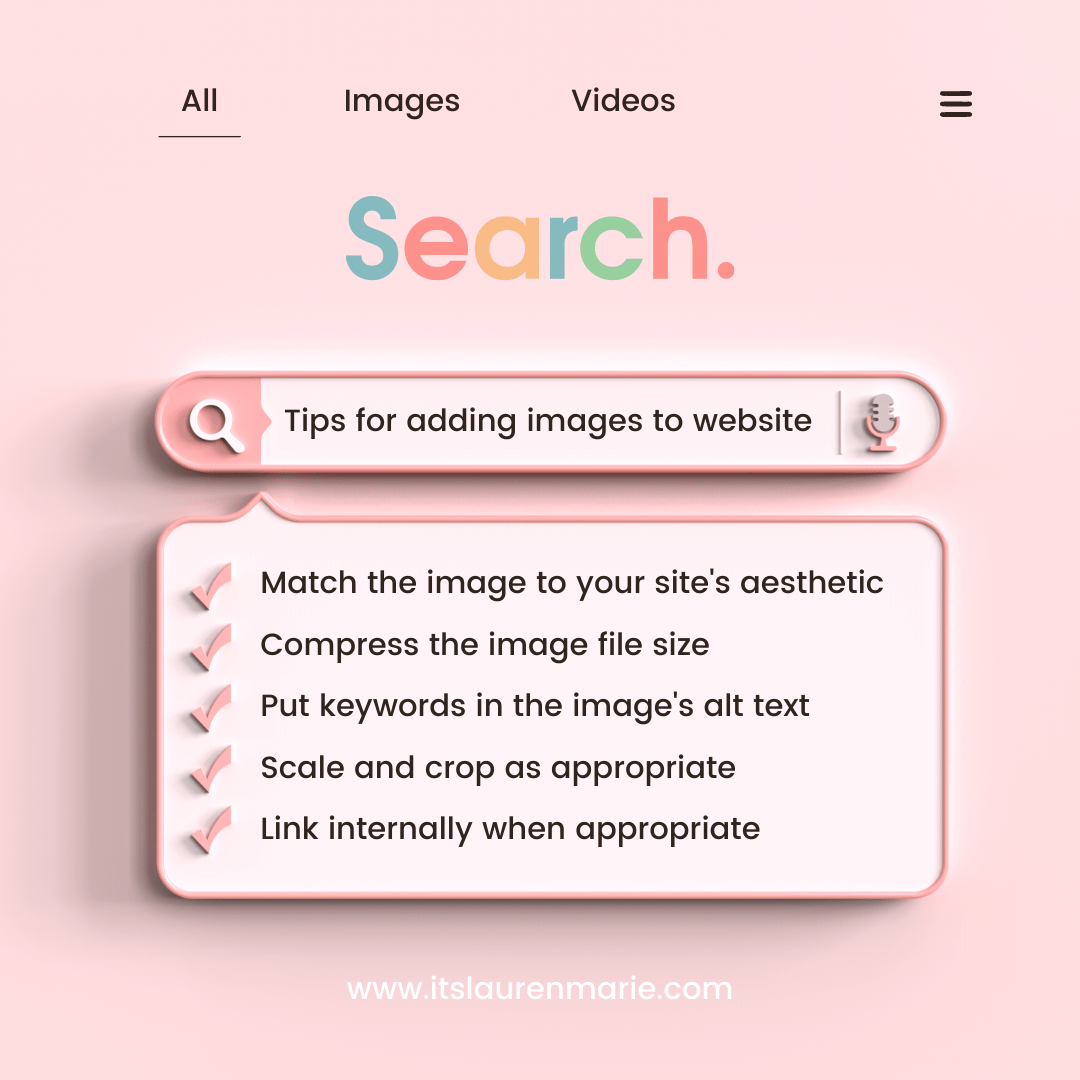My Branding Journey: From Gatekeeper to Brand Master
If you’d told me years ago that I'd end up obsessed with branding, I’d have laughed. I was fresh out of law school, fresh into a divorce, and learning fundraising, admissions, and communications for parochial schools on the fly. Little did I know, that in managing the front-facing and revenue-generating activities of these organizations I was essentially the gatekeeper of their brands, ensuring that every message, image, and interaction was in sync with their goals and missions. Fast forward to managing my husband's brand—let's just say I promised to grow it, and girl, did I deliver! I’ve loved every minute of it, and now, I’m here to share what I’ve learned.
What Even is Branding?
Branding is like your business (or person’s) personality—it’s how people perceive you or your business. Think of it as the carefully crafted combination of your visual identity (like logos and colors), your voice (how you talk to your customer or audience), and your core values (what your business or you stand for). It’s everything that makes you or your business special.
Why Manage Your Brand?
Good branding helps you stand out in a crowd, build trust with your customers or audience, and make a lasting impression. It’s about ensuring that the story people tell about you or your business is the one that you want and that it aligns with your goals and values.
Core Principles of Branding
There are five core principles that make up the foundation of a strong brand. Consistency builds recognition, authenticity creates trust, clarity ensures your message is understood, differentiation sets you apart, and engagement fosters a loyal community.
Consistency: keep your messaging, visuals, and tone the same across all platforms.
Authenticity: be true to your or your business’s values and voice. Authenticity resonates with people and builds stronger connections.
Clarity: your audience should instantly understand what you’re about. Clear messaging ensures there’s no confusion.
Differentiation: highlight what sets you apart from others (especially the competition, if you have a business).
Engagement: build relationships with your audience. Engage with them through social media, blogs, and other channels to foster a community around your brand.
5 Actionable Tips to Elevate Your Brand
Start going about your brand with intention with these five actionable steps. Reflect on these five foundational steps to get a clear sense of who your brand is and where it stands. These introspective exercises will lay the groundwork for developing a strong, impactful and intentional brand identity. I’ll even answer the questions with you as an example.
Define Your Brand’s Core Values: reflect on what values are essential to you and your business. Once identified, these values will guide your brand’s messaging and decisions. If you get stuck on identifying specific values, you can always search Pinterest for an exhaustive list or ask Chat GPT.
My brand is an authentic, elegant, and funny individual who blends a passion for brand management with a commitment to family life and personal growth.
Identify Your Brand’s Unique Selling Proposition (USP): consider what sets your brand apart. What unique benefits or qualities do you offer that others don’t? The trick is finding where these things intersect in a way that’s authentic to you.
My brand stands out through a combination of my personal experiences as a divorcee, co-parent, and coach’s wife, my Ivy League education, and my published book. My unique perspective combines authenticity with an elegant and humorous touch, making my insights relatable and engaging.
Analyze Your Favorite Brands: take a moment to think about the brands you admire. What aspects of their branding resonate with you, and how can you incorporate similar principles into your own brand?
I admire Cora for its commitment to sustainability and empowering women. Mixtiles for making home decor personal and accessible. Ikea for its innovative, stylish, and functional designs. And H&M for its ability to make fashion affordable and on-trend. These brands inspire me with their clear values, strong identity, and ability to connect with their audience.
Examine Your Competitors: look at the brands of your competitors. What are they doing well, and where are the gaps? This information can help you refine your own brand strategy.
In the branding and lifestyle space, my competitors include other career and lifestyle bloggers who focus on the intersection of family, career, and personal growth. This includes The Brand Builder, Brand Stylist, The Content Planner, Branding by Jane, and Social Media Studio.
Visualize Your Ideal Brand Image: imagine how you want your brand to be perceived. What feelings or images should your brand evoke in your audience? This vision will guide your branding efforts moving forward.
I want my audience to feel inspired, understood, and empowered. Whether they’re navigating career transitions, balancing family life, or exploring personal growth, I aim to offer practical advice and encouragement, wrapped in a touch of humor and elegance.
Take these tips and start working on your brand today! Whether you're just starting or looking to refine your existing brand, these steps will help you create a stronger, more authentic presence. Remember, branding is a journey, and every step you take gets you closer to what you want!
Let’s Connect!
I’d love to hear how you’re managing your brand or if you’ve got any burning questions. Drop a comment below or connect with me on Instagram — check out my latest post where I dive into how I grew my husband’s brand from scratch!


![Marketing Terms Demystified [Branding, Digital, Content, Social]](https://images.squarespace-cdn.com/content/v1/5f49fb148109a775b6caf7a2/1727059227447-SE38GIE2NHO2Z46XQ66G/image-asset.jpeg)
![Mastering Instagram Takeovers [3 Tips for Success]](https://images.squarespace-cdn.com/content/v1/5f49fb148109a775b6caf7a2/1726510214661-S6TEQPG4FXYFP15MGCDX/unsplash-image--UsJoNxLaNo.jpg)
![Personal vs Business Branding: [How to Build Both]](https://images.squarespace-cdn.com/content/v1/5f49fb148109a775b6caf7a2/1725986893368-JFK7YJJ7GUTGIH278Z5O/unsplash-image-KE0nC8-58MQ.jpg)







